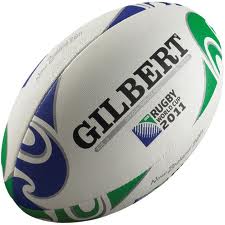Rich in tradition, customs and symbolism, an Indian wedding ceremony is
typically a magnificently choreographed undertaking that lasts for up to five
days or more. The rituals have evolved a great deal since traditional times and
of course, differ greatly from Western ceremonies
Before the Wedding
There are several important ceremonies that take place in the days before your
wedding; the first is Misri – the ring ceremony. This will take place several
days before your wedding and calls for seven married women to draw the sign of
Lord Ganesha in red powder spread above a bowl of rock sugar. Prayers are said
by you and your fiancée and your parents and you will exchange flowered garlands
and gold rings with your beloved in the presence of your priest. The groom’s
parents will place in your lap a basket of fruit or other gifts to welcome you
then feed your family misri – rock sugar – confirming the engagement andThe next ceremony, Mehendi, takes place the day before the wedding at a
ladies-only afternoon tea. Intricate patterns drawn with mehendi (henna) are
applied to your hands and feet and symbolize the deepening of bonds with your
future husband
promising a life full of sweetness ahead.
The fun is just getting started as you begin the next ceremony called Sangeet.
This is a joyous nighttime party held the evening before the wedding and is an
opportunity to enjoy the spirit of the moment with music, dancing and food. Just
make sure you get some sleep – you have a big day tomorrow!The day begins with the Haldi ritual, in which you are cleansed at your home
with turmeric powder. This is followed by the Swagatam ceremony, in which your
female relatives help you dress in your wedding sari. Your fiancée will also do
the Haldi ritual and will be dressed in his wedding attire at his home before
coming to your residence
At the location of your wedding the elaborately decorated Mandap provides a
stunning prop in which you will have many pictures taken. Simply relax and be in
the moment – and let your photographer take care of the rest.
Bold colors such as red, burgundy, orange and gold are typical of Indian
weddings – and even your sari will be bright and vibrant – so different from
traditional Western white wedding gowns! Marigolds, jasmine, roses and other
brightly colored flowers are used in Indian wedding flower arrangements, all of
which will combine perfectly to make your Indian wedding a beautiful and
visually stunning affair










